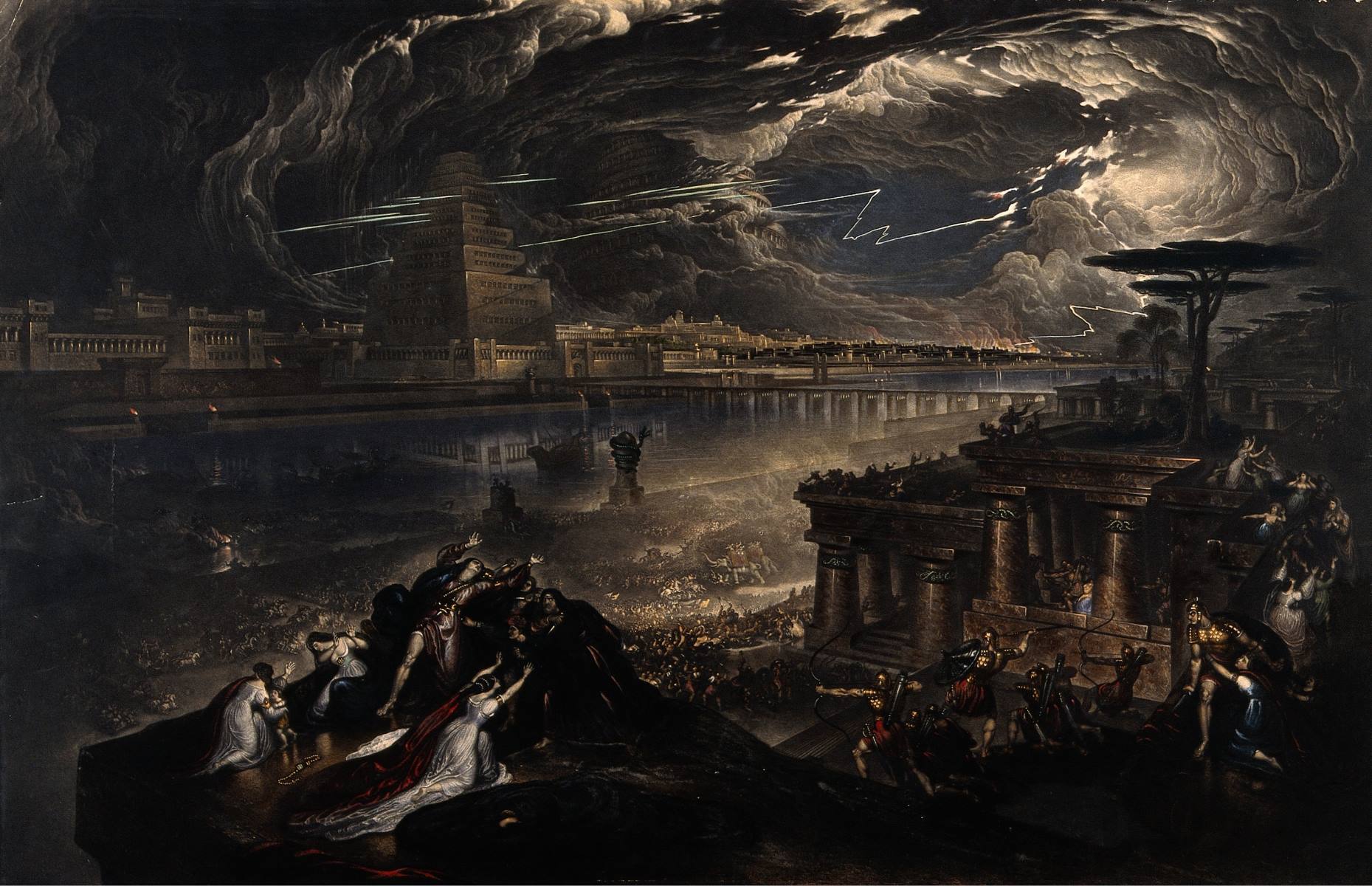
Why did the Elamites attack Babylon? The Elamite civilization, centered in modern-day Iran and parts of Iraq, had a long and often contentious relationship with Babylon. Their geographical proximity made clashes over territory and resources inevitable. The Elamites, known for their military prowess and advanced strategies, saw Babylon as both a rival and a prize. Early conflicts date back to around 2700 BCE, with the Sumerian king Enmebaragesi of Kish launching a campaign against Elam. Over time, alliances and betrayals, such as Hammurabi's infamous double-cross, fueled further hostilities. These attacks were not just about conquest but also about asserting dominance in the region.
Geographical Context
Understanding the geographical setting of Elam and Babylon helps explain their frequent clashes. Elam was located in the far west and southwest of the Iranian plateau, covering parts of modern-day Iran and Iraq. Babylon, situated in Mesopotamia, was a neighboring power.
- Elam's proximity to Babylon made interactions inevitable, often leading to conflicts over territory and resources.
Early Conflicts
The history of Elam and Babylon is marked by early skirmishes that set the stage for future hostilities. These conflicts were often driven by the desire for dominance and control over valuable resources.
- One of the earliest recorded conflicts between Elam and Sumer (the precursor to Babylon) dates back to around 2700 BCE. The Sumerian king Enmebaragesi of Kish launched a campaign against Elam, winning a significant victory.
Elamite Art and Culture
Elamite culture was rich and distinct, with unique artistic expressions that set them apart from their neighbors. Their art often focused on animals rather than human figures.
-
Early Elamite art focused on animals, particularly dogs, which appeared in reliefs found at Susa instead of human beings. This reflects their cultural and religious practices.
-
The famous piece known as the Kneeling Bull Holding Vessel, created around 3100-2900 BCE, exemplifies this artistic focus on animals.
Religious Tolerance
Elamite society was notable for its religious tolerance, a value that was reflected in their architectural achievements.
-
There is no evidence of compulsory worship imposed by a ruling house on the people. This tolerance is evident in the construction of the temple complex of Dur-Untash.
-
The temple complex featured a grand central ziggurat dedicated to the patron god of Susa, Insushinak, along with eleven temples to other gods.
Women's Equality
Elamite culture was progressive in terms of gender equality, with women depicted as equals to men in various aspects of society.
- Women in Elamite culture are depicted in artwork as equals to men, participating in various activities.
Elamite Empire
The Elamite Empire experienced periods of growth and decline, marked by significant achievements in various fields.
- The Elamite Empire was founded in the third millennium BCE, known for its complex administrative systems and diplomatic relations.
Relationship with Babylon
The relationship between Elam and Babylon was complex, involving both alliances and betrayals.
- One notable example is the alliance between Elam and Hammurabi of Babylon, which ultimately ended in betrayal.
First War in Recorded History
The conflict between Elam and Sumer is significant as it led to the first war in recorded history.
- The war was sparked by Enmebaragesi's campaign against Elam, resulting in a Sumerian victory.
Dur-Untash: The Great Temple Complex
Dur-Untash, also known as Chogha Zanbil, is one of the most famous temple complexes built by the Elamites.
- Constructed during the Middle Elamite Period under King Untash-Napirisha, it features a grand central ziggurat dedicated to Insushinak along with eleven temples to other gods.
Elamite Administrative Texts
Elamite administrative texts provide valuable insights into their governance and economic systems.
- These texts, often written in cuneiform script, detail transactions, contracts, and other administrative matters.
Cultural Exchange
Despite their conflicts, there was significant cultural exchange between Elam and Babylon.
- The Elamites adopted certain Babylonian practices and artistic styles, particularly after coming into closer contact with Sumer.
Military Prowess
The Elamites were known for their military prowess, developing advanced strategies and tactics.
- Their armies were well-organized and equipped with sophisticated weapons, making them formidable opponents.
Betrayal by Hammurabi
One of the most significant betrayals in the history of Elam-Babylon relations was perpetrated by Hammurabi of Babylon.
- Despite an initial alliance with the Elamites, Hammurabi ultimately betrayed them, leading to significant tensions.
Elamite Gods
The Elamites worshipped a pantheon of gods, each with distinct characteristics and roles.
- The patron god of Susa, Insushinak, was particularly revered, and his temple complex at Dur-Untash is a testament to the importance of religious worship.
Archaeological Discoveries
Archaeological discoveries have shed light on various aspects of Elamite culture and history.
- Excavations at sites like Susa and Dur-Untash have uncovered significant artifacts, including ceramics, jewelry, and metalwork.
Elamite Seals
Elamite seals were used for administrative and diplomatic purposes, featuring intricate designs and symbols.
- These seals authenticated documents and signified ownership, offering insights into their administrative systems.
Historical Records
Historical records from ancient Mesopotamia provide detailed accounts of Elamite-Babylonian conflicts.
- Records like the Sumerian King List and cuneiform tablets highlight the complexities of these ancient civilizations' interactions.
Elamite Language
The Elamite language is traditionally thought to be a language isolate, not related to any other known language family.
- Scholars have made significant efforts to decipher and understand Elamite texts, providing valuable information about their culture and history.
The Legacy of Elamite-Babylonian Conflicts
The Elamite attacks on Babylon were more than just battles; they were a mix of conflict and cultural exchange. These ancient clashes shaped the history of Mesopotamia, highlighting the military prowess and complex relationships between these civilizations. Elam's focus on religious tolerance, women's equality, and unique art left a lasting impact on the region. Despite betrayals and wars, there was significant cultural exchange, influencing art and administrative practices. The Elamites' contributions to Mesopotamian culture, especially their emphasis on diversity and inclusivity, set them apart. Understanding these events gives us a richer picture of ancient civilizations and their legacies. The Elamite-Babylonian interactions remind us that history is not just about conflicts but also about the exchange of ideas and cultural growth.
Was this page helpful?
Our commitment to delivering trustworthy and engaging content is at the heart of what we do. Each fact on our site is contributed by real users like you, bringing a wealth of diverse insights and information. To ensure the highest standards of accuracy and reliability, our dedicated editors meticulously review each submission. This process guarantees that the facts we share are not only fascinating but also credible. Trust in our commitment to quality and authenticity as you explore and learn with us.


